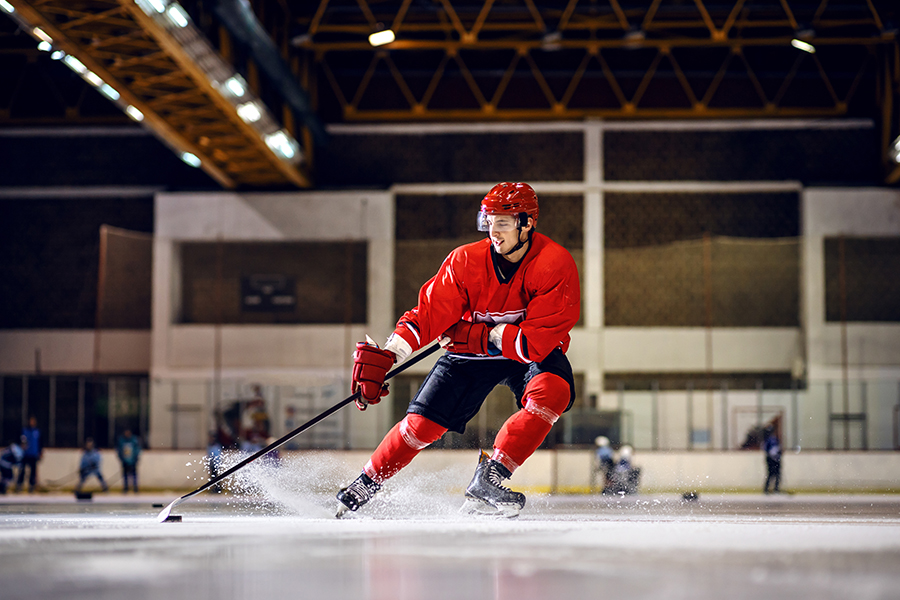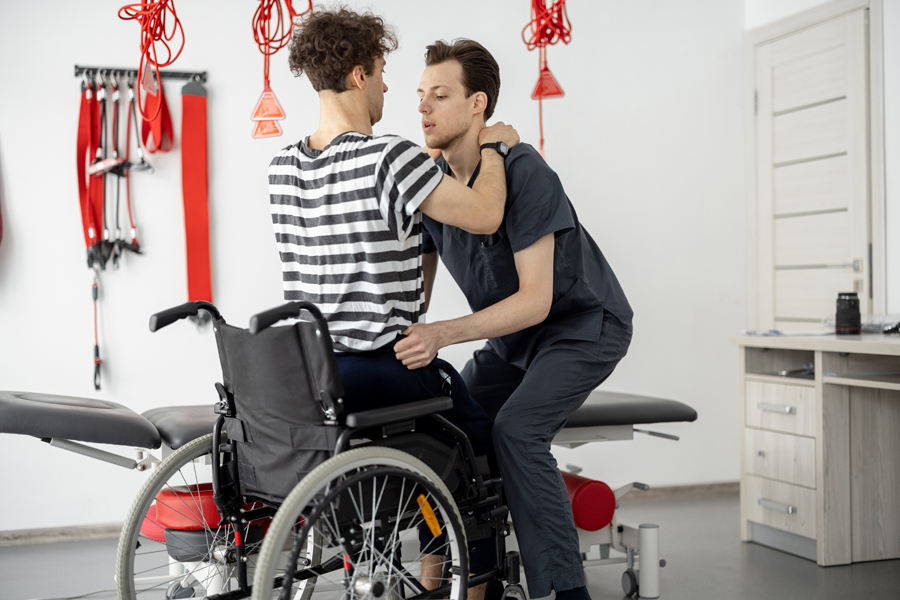TIPS TO AVOID INJURIES ON INDOOR TURF
By Dr. Frank Scerbo, PT, DPT, MS, CSCS
As a doctor of physical therapy and owner of Scerbo Physical Therapy & Sports Rehabilitation, I am a big fan of staying active all year. In fact, you could say my lifelong love of sports is what led me to become a physical therapist in the first place:
I’m into health and fitness, and I wanted to help people. I found a profession that lets me incorporate the two. What could be better?
But as a New Jersey native myself, I’m well aware of the challenges of keeping up a healthy lifestyle during the cold winter months. So when I heard that The Arena, Bergen County’s newest indoor sports facility, was opening in the former Kmart building in Paramus, I wanted to share the good news – and also some friendly advice.
Bergen is actually home to a few indoor practice spaces, including NJ Home Field Advantage in Ramsey and Superdome Sports in Waldwick. These types of facilities offer great protection from the elements – but it’s important to remember that moving your game indoors also entails a change of terrain.
Here at Scerbo PT, I see my share of sports injuries. And speaking anecdotally, I’ve definitely observed that certain types of injuries seem to happen with greater frequency on turf than on grass. In particular, what we tend to see more of are knee injuries.
There are a few reasons for this. The first is speed. I think the biggest contributor to injuries is that the game – any game – just moves faster on turf.
It’s also a more predictable surface. That may sound safer, but sometimes when you have this perfect playing field, it can be hard for athletes to resist the temptation to push their boundaries a little more – sometimes too far.
And it’s a less forgiving surface; artificial turf just doesn’t give way. So the foot can get locked, and that can lead to knee injuries. Particularly if you play soccer or football indoors, you may be at risk of sustaining a cartilage injury, or a ligament injury, such as an ACL tear.
While advances in artificial turf technology continue to make these surfaces safer and more natural-feeling, athletes can still benefit from being aware of how different surfaces affect the game, and making some common-sense adaptations to their routines for indoor playing conditions.
I love what I do — but I’d love to see fewer of you in my office this year. So while I encourage taking full advantage of indoor facilities in order to stay active this winter, please remember these injury prevention tips when making the seasonal switch from field to turf in 2016:
Use proper equipment
Wearing the wrong type of footwear can increase your risk of injury, so the American Physical Therapy Association recommends making sure your athletic shoes will provide the appropriate support and flexibility for the playing surface.
Stay limber
Fitness strength training workouts can improve the body’s ability to withstand sports-related stresses. The Hospital for Special Surgery recommends preventative flexibility and strengthening activities. Consider going through an ACL prevention program, like the one we offer here at Scerbo PT.
Know your limits
Even if you’ve played the sport before, treat a playing on a new surface as you’d treat any new physical activity: Start slow, get a feel for the field, and learn your limits before trying to push yourself.
We are always available if you have any questions or need assistance. Call us at 201-941-2240 or visit us atwww.scerbopt.com. You can also follow us on Facebook and Twitter.


